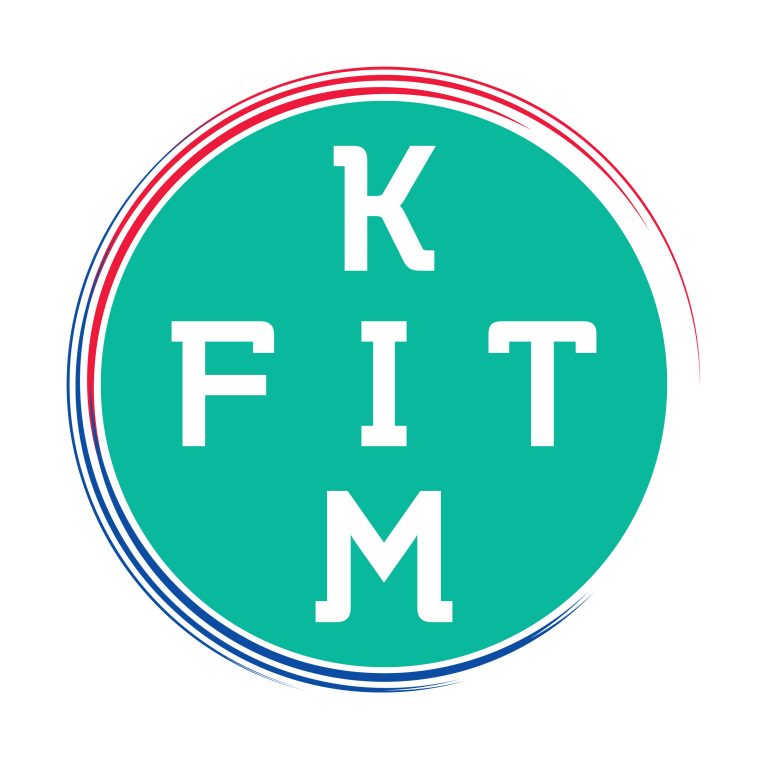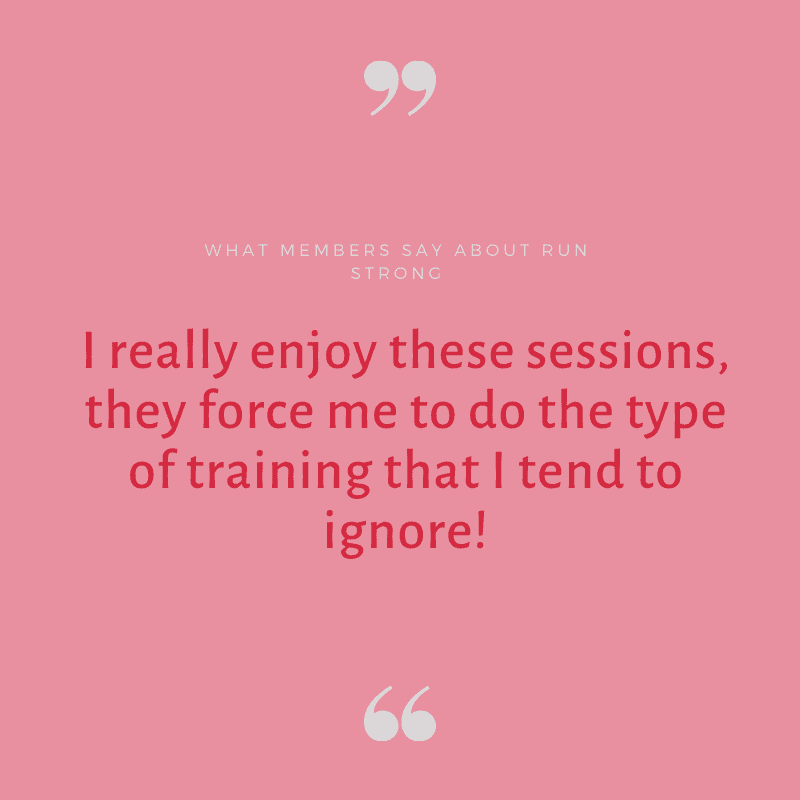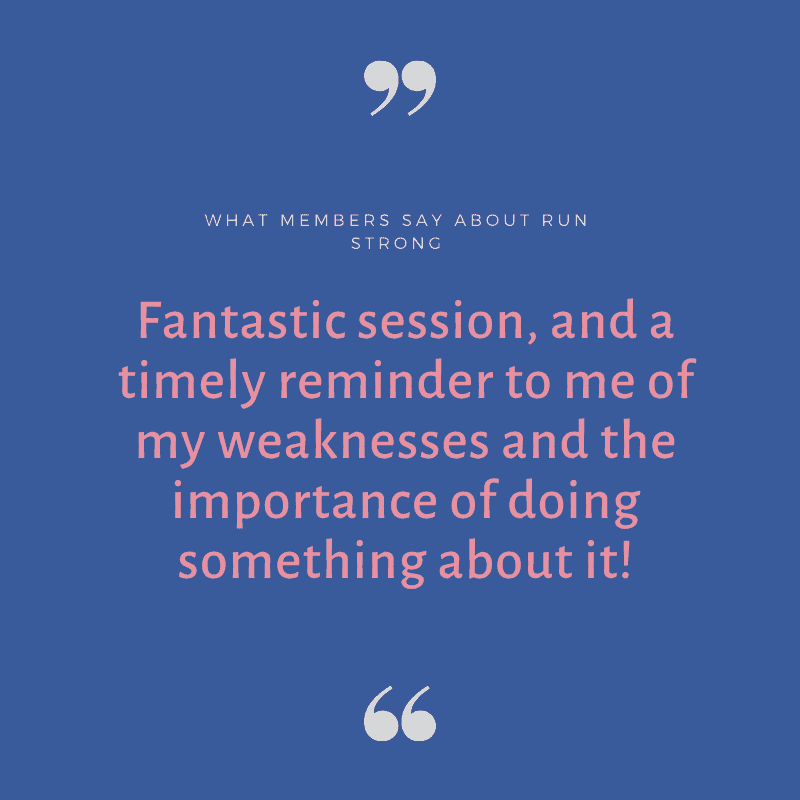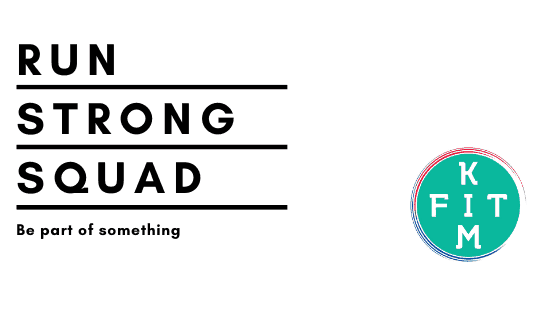What Are The Best Strength Exercises For Runners?
Before we get started on the best strength exercises for runners; a reminder…
Why Is Strength Training Important For Runners?
This is an excerpt from a blog I wrote titled ‘Strength training and how it can help your running’.
Running is a sport that requires training because it places high loads on the tissues. Strength training can boost the load bearing capacity of the tissues, increasing the amount of force the tissue can deal with. Strength training also increases force production; so, your performance will improve, and you’ll be less susceptible to injury.
Whilst you may not immediately see the link between a squat or a lunge and running, mastering the fundamentals of these movements will provide you with a sound foundation to work from. For example, a squat teaches you maintain a neutral spine; important when running. It is also a movement that requires triple extension; simultaneous extension of the ankle, knee and hip – as does running. Likewise, a lunge movement requires triple extension but is a single leg exercise; making it even more specific to running.
Read the blog in full here.
Before You Start, Warm Up
All workouts whether they’re a run or a strength session should begin with a warm-up that is specific to the exercises you’re about to perform. A warm-up should ramp up intensity, starting low and increasing as your progress through.
A good place to start is mobilising the key joints that are involved in the movement to alleviate any areas of restriction and improve your range of motion so that you are more effective (can produce more force) through your movements. Keep mobility fluid and active when warming up; this prepares the muscles better than passive holds.
Once you’ve done some mobility, include some exercises to activate the muscles you’ll be using. Common areas to focus on are the glute muscles and core – the video below demonstrates some ideas for glute activations. If you’re doing some upper body, you’ll want to address the shoulders/scapula too.
Try this glute activations video: https://youtu.be/d8Hz-LOV_7U
Are you someone who never warms up before a run? Check out this 12-min follow along warm up I filmed recently.
A Quick Word On Pelvis Control
Numerous problems can be cause by insufficient pelvis stability or control. Being able to maintain a neutral pelvis (avoiding anterior pelvic tilt) is important in our movement as it supports the spine to be in alignment. On the other hand, certain movements require posterior pelvic tilt e.g hip thrust or deadbug so it is important to know how to access this position within your own body. This requires an understanding of anterior and posterior pelvic tilt which I go through in the video below.
The Main Event
Bad news first. There is no single magic exercise or session that will work for everybody. It depends on your experience, mobility, equipment, time and ability; and you’ll have to work that out with some experimentation. Instead I am going to give you a framework to consider and some example exercises to select from. This is not an exhaustive list by any means.
Running is repeated single-leg impacts therefore taking a single-leg focus is a good approach when selecting exercises to help improve your lower body strength. Single-leg exercises are naturally more advanced than double leg (e.g. a squat) and require a higher level of stability and strength. They challenge and strengthen the hip abductors which help externally rotate the hips so that the knees don’t collapse inwards when you land; protecting you from injury.
Single-leg exercises:
Slider Reverse Lunge
This variation is a slider lunge, if you don’t have a slippery floor, you would just step back, lowering the knee toward the floor and then stand back up to the front.
TOP TIP: Load up the front leg by leaning the torso forward slightly; be strict and just use the back leg for balance.
MAKE IT HARDER: Increase the range. Elevate your front foot on a yoga block, book or step.
Single-Leg Step Down
Another tough single-leg exercise is the single-leg step down. If you’ve got this right, you’ll really feel your glute working as you lower. The slower the better.
TOP TIP: Sit back, use your upper body to counterbalance.
MAKE IT HARDER: Flex your foot so that you have a bigger distance to lower through. Allow your heel, rather than your toes to tap the floor and stand back up.
Posterior work
In running, the more powerful your hip extension (from when your foot contacts the ground, until just before it leaves again) the faster you will go. The glutes and hamstrings are the main muscles that drive hip extension and the stronger they are the more powerful your stride will be.
Here are a couple of good exercises for the posterior chain:
Hip Thrust
TOP TIP: You need more of your back on the chair than you think. Tuck your chin to get your head out of the way.
MAKE IT HARDER: Some people feel more glute engagement with their feet out a little further and by working through their heels, with toes off the floor.
Hamstring Bridge
TOP TIP: Roll up and down. Lift lower back, then middle and upper and reverse on the way down.
MAKE IT HARDER: Be strict with tempo – 2 seconds up, 2 seconds down. And drive the heels down into the chair.
B-Stance RDL
TOP TIP: Think bum back and hinge from the hips. Back should stay neutral and long from head to tailbone.
MAKE IT HARDER: Use a stronger band or slow down the lowering phase of the movement.
Core
Your core muscles link your upper and lower body; they’re an essential part of the chain. Whether you’re out running or reaching for something on the top shelf these movements requires you to utilise the muscles in your core. Weak core muscles can undermine your ability to perform and stabilise your pelvis, leading to injuries. Including some core exercises in your workouts can help to build a stronger core which will support your spine and help you move more efficiently.
Palloff Press
TOP TIP: Work in a shallow squat position, keep the shoulders away from the ears as you press.
MAKE IT HARDER: Add an overhead press to the movement for an extra challenge.
Woodchop
TOP TIP: Keep the hips square but allow the torso to rotate
MAKE IT HARDER: Slow it down, particularly when resisting the ‘return’ phase as you move from high to low.
Deadbugs (legs only)
TOP TIP: Exhale as you extend away. And only go as far as you can keep your lower back pressed into the mat.
MAKE IT HARDER: Move slower, pausing when you’re fully extended. Hold tension through the whole body.
All the above exercises should be performed with a controlled tempo, particularly in the eccentric (lowering) phase. Moving with too much momentum reduces the tension on the tissues; and therefore, the strength stimulus.
Lower limb strength and endurance
‘Below the knee is key’.
Your soleus and gastrocnemius (aka calf) muscles bear a HUGE amount of load every time your foot contacts the ground. Eight and three times bodyweight respectively, to be specific. And over a run there are a lot of foot contacts – you do the maths.
Any restrictions in mobility or deficits in strength will be quickly found out and cause problems either in the lower limb or further up the chain. Hence why lower limb strengthening is key for runners.
Straight- and bent-leg calf raises are a great addition to any strength plan for runners. Both high-load, low-rep and low-load, high-rep have their place; playing with tempo and range to add challenge. Other exercises like heel and toe walks can also condition the calfs and prepare them for loading. You can find some examples in the video below:
The best way to incorporate some strength work into your training is to enlist the help of a fitness professional. I currently provide strength workouts for runners, delivered via Zoom, which are a great place to start. For more information on my Run Strong membership (what the classes are part of), please check out this page for more info.






